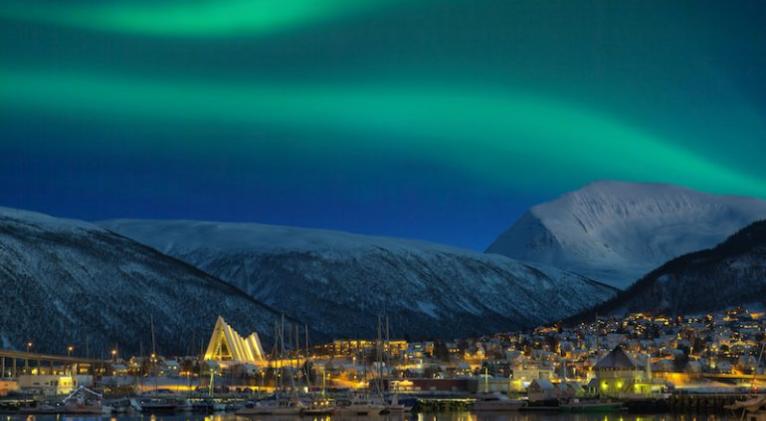
Havana, Dec 14. - We believe the navel of the world and at the same time as our surroundings is enormous, but it is only known and comfortable for us, adjusted to what we believe is appropriate and necessary to live. However, there is immensity, so fabulous and able to surprise us every day.
I want to write about an outstanding account today. The Yaima girl was struck by every novel issue she discovered, from the simplest thing to know that when it is here today in other places it is at night, in addition to the existence of incredible species, inhospitable landscapes, oceans so large that they have not been able to be explored in its entirety, excessive climates that force every living being to take out of itself its most resilient capacity, and thus an endless list of interesting topics.
An unusual event for a person who begins to live and learn from the world around him, in addition to Caribbean of endless sunny days, is the one we will try today: polar night. It consists of a phenomenon that occurs in winter, and not in a single day, as seems to be said in singular, but, much more widespread in time.
That's where the amazing is. From a very young age we learn that the day has 24 hours and what marks its beginning is the sunrise (because that is when we usually undertake the work), although in reality the objective start is at 12:00 am and does not end when last night until the cycle is completed. However, there are places where the days, which we identify by sunlight, are variable: very short with very long nights.
But the desquiring thing is this: in winter times there are areas where one day it dawns and does not dawn until many hours later, it can be from 24 to months, depending on the location. In any case it is an excess, and therefore generates confusion and imposes new routines, in addition to an outdated darkness that is not natural to those who do not live it.
I would like to write from the experience, but it is only my turn to do it from reading and audiovisuals that I accumulate in memory. That's what the polar night is about, which in addition to cold, is long, and as the name indicates, occurs in extreme areas of the planet: north of the Arctic Circle and south of the Antarctic Polar Circle.
Of course, it doesn't mean that all the time is closed night of total darkness like the ones we believe, without moon or stars. At times towards the horizon you can see an unusual and distant sunlight that will dye the days of very nice nuances that we can see in photographs below. But that bright day of blue sky and sun is not sprung up from the sky, no.
Logically this of having the sun below the horizon line happens in populated areas. There their communities have had to learn different ways of subsisting thanks to the challenge that implies, even, not knowing if it is day or night; if this applies.
Studies indicate that this event can affect circadian rhythm and sleep, or induce depression. People in these areas adapt, use special lamps, establish routines, try to continue their schedules as long as the raw winter temperatures allow.
Wild animals also apply measures to survive. Some hibernate, others remain in caves with the provisions they manage to accumulate, but limiting their movements to conserve as much energy as possible in a difficult season of cold and partial nights, in what would be day, and then total.
Polar night is happening right now. In some places it will end in January, in the closest ones to the poles there are still several more months left.
Perhaps another text will be dedicated to the opposite phenomenon: midnight sun, or polar day. As you can imagine, it occurs when the sun is held over the horizon for 24 hours or more. (Text and Photo: Cubasí)